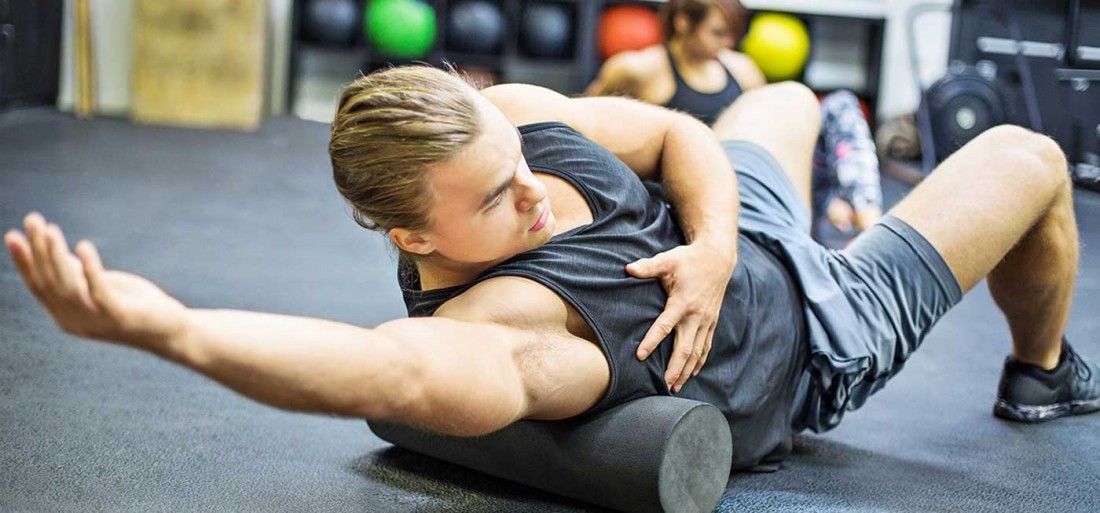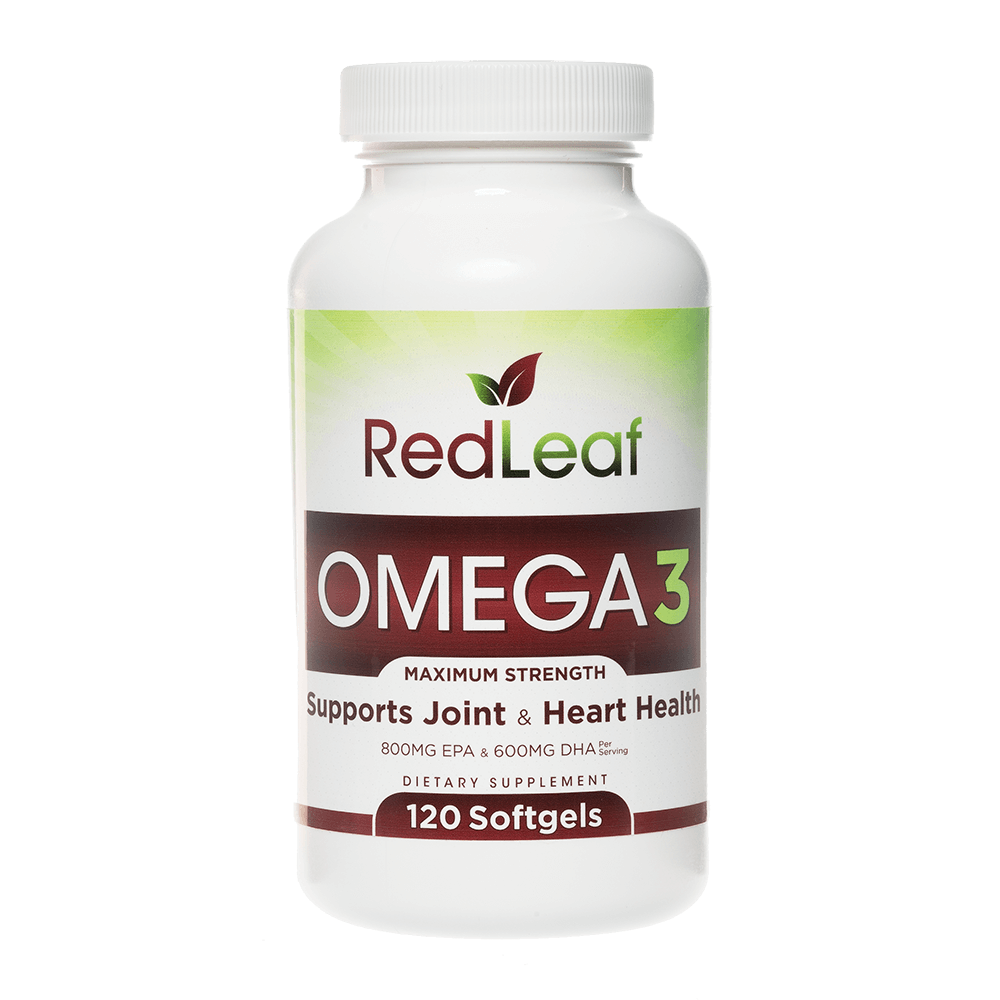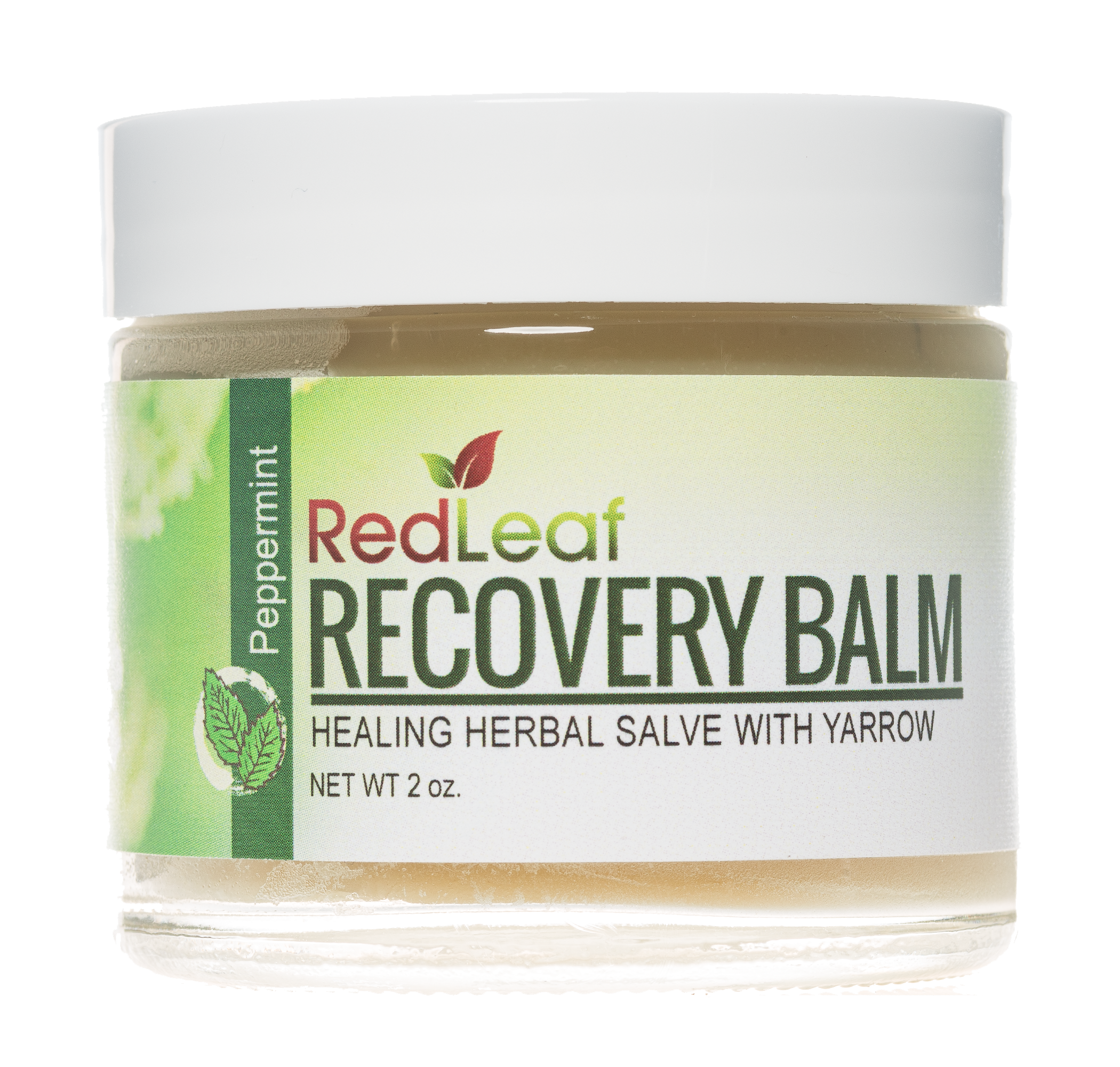
Let’s all be honest – being sore can be a bit of a guilty pleasure for a workout enthusiast. That feeling of waking up in the morning and feeling your legs just a bit tighter than usual is a sign of change in the right direction. However, when soreness gets out of hand – for example, you’re having a hard time going up or down the stairs – it’s time to take action and reduce that level of discomfort. This post will cover how to reduce muscle soreness with active recovery, and give three quick, bodyweight workouts you can do anywhere to help alleviate the soreness level you experience from tough workouts.
Why do we get sore from working out?
You’ve just hit up your favorite OrangeTheory or CrossFit box and you leave feeling great. Endorphins are flowing, you sweated out your weekend wine, and your week is looking up. Then it hits you.
Tomorrow, your biggest enemy is going to be your staircase.
Why do we even get sore? It’s not for the reason you think. When you exercise, your muscles contract rapidly which causes micro-tears in your muscles and the surrounding connective tissue. You’d imagine this is what causes discomfort – but you’d be wrong. What actually causes the discomfort is inflammation. Essentially you swell around the sore area of the body, and you get a rush of electrolytes like calcium as well as immune system response. This appears to be the cause of the painful feeling in your legs after a particularly grueling circuit workout with jump squats, lunges, and box step ups, for example.
Soooo…how can I get rid of this muscle soreness?
Think of your muscles like a highway, and the micro-tears like crash sites along the highway. The blood that is flowing through your muscles is the stream of traffic. When you have a crash (micro-tear) you need to get those “cars” (bad blood) out of the way. In order to do that, the first responders (new blood) needs to get to the site and begin removing the bad blood.
If you think of new blood being your key to reducing soreness, you’re on the right track. The best way to do this is very light activity, or what we call active recovery. It is really tempting to spend a day when you’re very sore on your couch with nothing but Netflix. Resist this urge. Follow one of the do-at-home active recovery sessions we have below and you’ll feel better much quicker.
Active Recovery Workouts
All of these are designed to be done in or around your house, and take thirty minutes or less. It is simply about getting blood flow to your muscles, and at the end of your active recovery workout you should be feeling less sore than you did before. If you get to the end of your active recovery and you feel more tired you worked too hard, and this became a full workout. Your breathing should not be so high that you cannot hold a conversation.
Workout 1: Inch Worm Walk
This is a super simple option for when your hamstrings and quads are especially sore. Set a 30 minute timer, and begin walking either on a treadmill or simply outside. Every 3:00, stop walking and complete 5 inchworms with a push up. You can go to your knees on the push up, if needed.
Workout 2: Whole Body Flow
This is for those days you wake up and EVERYTHING hurts. Your back, your arms, your legs…you name it, it’s sore. Set a 15 minute timer, and complete as many rounds as you comfortably can of the following movements:
- 10 Jumping Jacks
- 10 Down Dog to Up Dog (alternate between the positions, holding for 1 second at the top each time)
- 10 Slow Air Squats (nice and easy, hold 1 second at the bottom and the top)
Again, you aren’t looking to escalate your heart rate a lot. You just want blood flow to your muscles.
Workout 3: An EMOM Full of FUN
We love EMOM (stands for every minute on the minute) workouts, because they give a great framework for how to pace and move in a controlled way. For this workout, set an EMOM timer for a total of 21 rounds, or seven rounds of each of the following exercises:
- Minute 1: 10 Sit Ups
- Minute 2: 10 Good Mornings (with a band if possible)
- Minute 3: 0:30 Jumping Rope or Jogging in Place
One last tip…
Don’t forget that one of the most important ways to help your body function optimally is to hydrate well. Drinking at least half of your body weight in ounces of water and adding another 16 ounces for every hour of activity will help flush your body of the inflammation discussed above. Implement these and recover more fully for that next workout – and stop hating your staircase.



